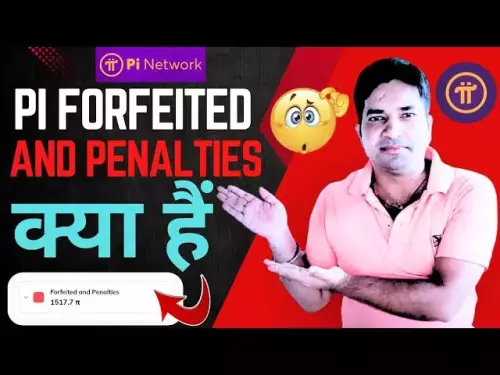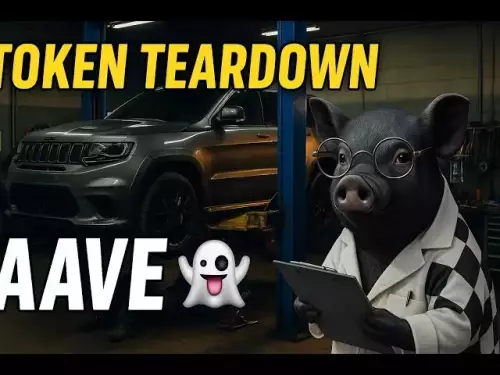-
 bitcoin
bitcoin $112195.049338 USD
2.42% -
 ethereum
ethereum $4124.915858 USD
2.81% -
 tether
tether $1.000570 USD
0.02% -
 xrp
xrp $2.861568 USD
2.25% -
 bnb
bnb $1000.346670 USD
3.04% -
 solana
solana $209.070819 USD
3.38% -
 usd-coin
usd-coin $0.999870 USD
0.02% -
 dogecoin
dogecoin $0.235379 USD
2.65% -
 tron
tron $0.335681 USD
-0.20% -
 cardano
cardano $0.803501 USD
3.38% -
 hyperliquid
hyperliquid $47.120881 USD
3.56% -
 chainlink
chainlink $21.501300 USD
3.44% -
 ethena-usde
ethena-usde $1.000571 USD
0.02% -
 avalanche
avalanche $29.793378 USD
3.62% -
 stellar
stellar $0.366964 USD
2.42%
What is on-chain vs off-chain metadata for NFTs?
NFT metadata, stored either on-chain for permanence or off-chain for flexibility, determines how digital assets are described and accessed in the blockchain ecosystem.
Jul 20, 2025 at 07:35 pm
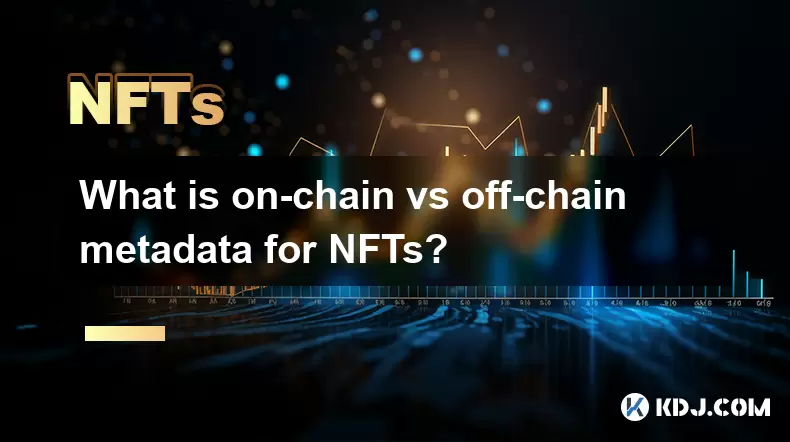
Understanding Metadata in the Context of NFTs
When discussing NFTs (Non-Fungible Tokens), one of the most critical yet often overlooked components is metadata. Metadata essentially provides the descriptive information about an NFT, such as its name, attributes, image URL, and other relevant details. In blockchain technology, there are two primary ways to store this metadata: on-chain and off-chain. Understanding the distinction between these two methods is crucial for developers, creators, and collectors involved in the NFT ecosystem.
Metadata acts as a bridge between the token stored on the blockchain and the actual digital asset it represents. Without metadata, an NFT would be nothing more than a unique identifier with no associated content or description.
What Is On-Chain Metadata?
On-chain metadata refers to data that is directly stored within the blockchain itself. This means all the descriptive information related to the NFT—such as name, properties, and even the digital file—is encoded into the blockchain transaction and stored permanently on the decentralized ledger.
- Storage Location: Entirely on the blockchain (e.g., Ethereum, Solana).
- Immutability: Once recorded, it cannot be altered or deleted.
- Accessibility: Guaranteed access as long as the blockchain exists.
This approach ensures that the NFT remains fully self-contained and resistant to censorship or data loss. However, storing large amounts of data on-chain can be costly due to gas fees and may not be feasible for high-resolution media files.
What Is Off-Chain Metadata?
Off-chain metadata, by contrast, resides outside the blockchain. Typically, this data is hosted on centralized servers or decentralized storage systems like IPFS (InterPlanetary File System). The NFT smart contract then references this external location via a URL or hash.
- Storage Location: Centralized servers or decentralized networks like IPFS.
- Flexibility: Easier to update or modify after minting.
- Cost-Efficiency: Less expensive since it doesn’t burden the blockchain with large data.
While this method offers practical advantages, it introduces potential risks such as broken links, server downtime, or centralization vulnerabilities.
Technical Differences Between On-Chain and Off-Chain Metadata
From a technical standpoint, the differences between on-chain and off-chain metadata extend beyond just where the data is stored. They also affect how NFTs function and interact with wallets, marketplaces, and dApps (decentralized applications).
- Updateability: Off-chain metadata can be changed post-minting, while on-chain metadata typically cannot.
- Security: On-chain metadata is more secure against tampering and data loss.
- Scalability: Off-chain solutions scale better for large volumes of data but sacrifice decentralization.
Smart contracts play a key role in determining how metadata is handled. For instance, certain standards like ERC-721 and ERC-1155 allow for both on-chain and off-chain implementations depending on how they’re configured.
Use Cases and Practical Implications
The choice between on-chain and off-chain metadata often depends on the specific use case and priorities of the NFT creator or platform.
- Digital Art: High-resolution images are usually stored off-chain to save costs, with only the metadata hash stored on-chain.
- Collectibles: Projects like CryptoPunks store metadata on-chain to ensure permanence and scarcity.
- Gaming Assets: Dynamic attributes might require off-chain storage for easier updates without re-minting tokens.
Each approach has trade-offs, and understanding them helps creators make informed decisions about long-term sustainability and user experience.
Frequently Asked Questions
Q: Can I switch from off-chain metadata to on-chain after minting? A: It’s technically possible through a process called re-minting or using upgradeable smart contracts, but it requires careful planning and may involve additional costs or complexities.
Q: Does storing metadata off-chain mean my NFT could disappear? A: If the off-chain storage provider goes offline and there's no backup or decentralized redundancy (like IPFS), the metadata could become inaccessible, effectively 'breaking' the NFT.
Q: Are there any NFT standards specifically designed for on-chain metadata? A: While standards like ERC-721 don’t enforce on-chain storage, some projects implement their own extensions or use tools like SVG generation to embed visuals directly on-chain.
Q: How do marketplaces handle NFTs with on-chain vs off-chain metadata? A: Most marketplaces support both types, but they may display on-chain metadata differently, sometimes requiring direct interpretation of the blockchain data rather than fetching from URLs.
Disclaimer:info@kdj.com
The information provided is not trading advice. kdj.com does not assume any responsibility for any investments made based on the information provided in this article. Cryptocurrencies are highly volatile and it is highly recommended that you invest with caution after thorough research!
If you believe that the content used on this website infringes your copyright, please contact us immediately (info@kdj.com) and we will delete it promptly.
- Navigating Misinformation: Ensuring Safety in the Pi Network Ecosystem
- 2025-09-29 14:25:13
- XRP Price Prediction: September 29th's Crypto Comeback?
- 2025-09-29 14:25:13
- Polkadot vs. Lyno AI: Decoding the Price Forecast and AI Revolution
- 2025-09-29 14:30:01
- Trump's Brahmastra: Can Stable Coin Save the US Economy?
- 2025-09-29 14:45:17
- Pi Movement: Utility, Community, and the $314,159 Dream
- 2025-09-29 14:45:17
- Ruvi AI: Revolutionizing the Creator Economy with AI-Powered Crypto
- 2025-09-29 14:30:01
Related knowledge
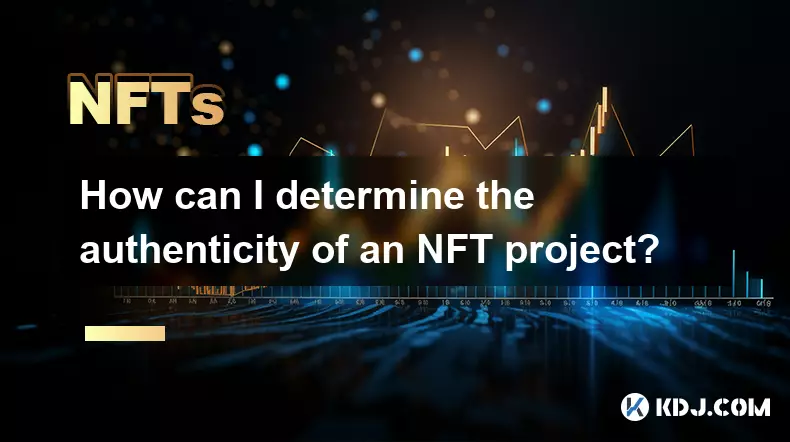
How can I determine the authenticity of an NFT project?
Sep 23,2025 at 05:18pm
Understanding the Project Team and Their Background1. Research the identities of the team members behind the NFT project. Verified social media profil...
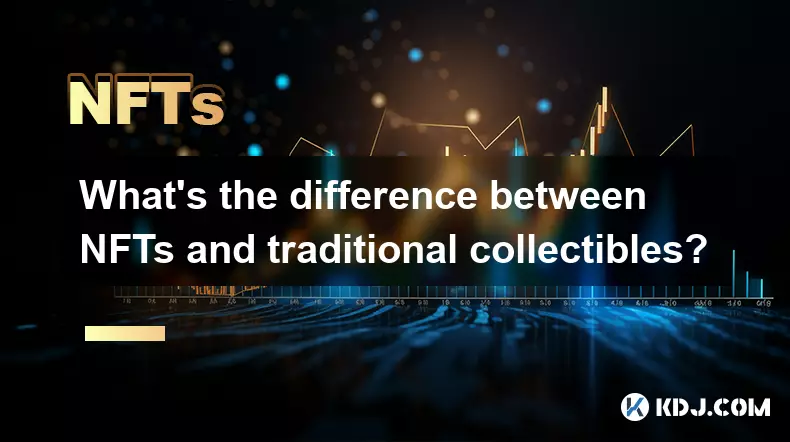
What's the difference between NFTs and traditional collectibles?
Sep 19,2025 at 12:55pm
Digital Ownership and Provenance1. NFTs are built on blockchain technology, which ensures transparent and immutable records of ownership. Every transa...
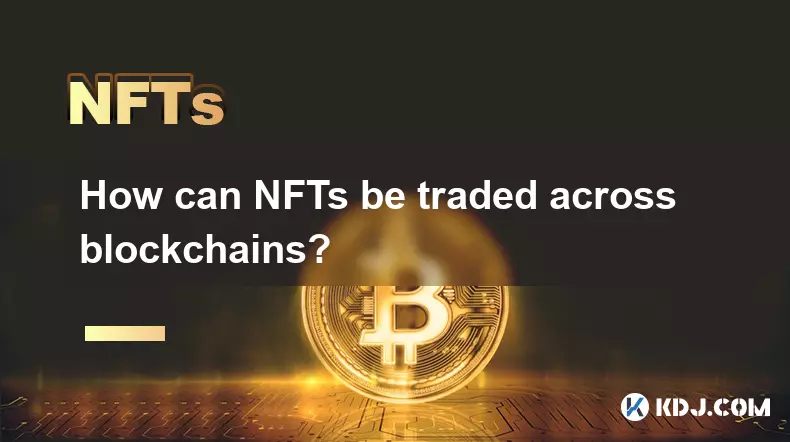
How can NFTs be traded across blockchains?
Sep 19,2025 at 12:00pm
Understanding Cross-Chain NFT Trading1. Non-fungible tokens (NFTs) are digital assets that represent ownership of unique items on a blockchain. Origin...
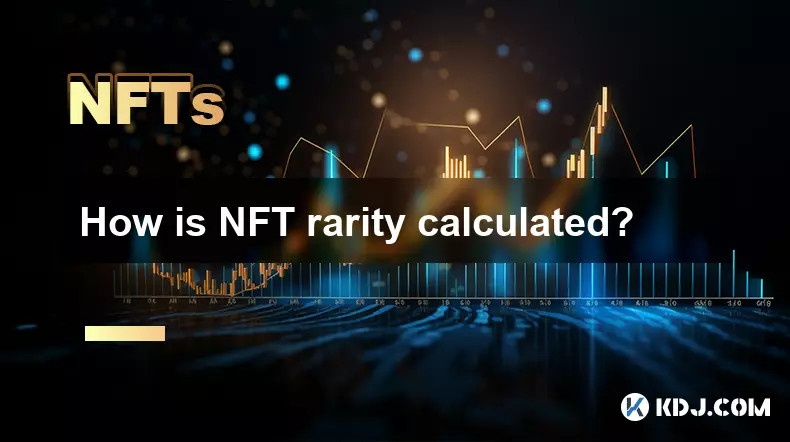
How is NFT rarity calculated?
Sep 18,2025 at 07:54pm
Understanding NFT Rarity Metrics1. NFT rarity is determined by analyzing the uniqueness of individual traits within a collection. Each NFT typically c...
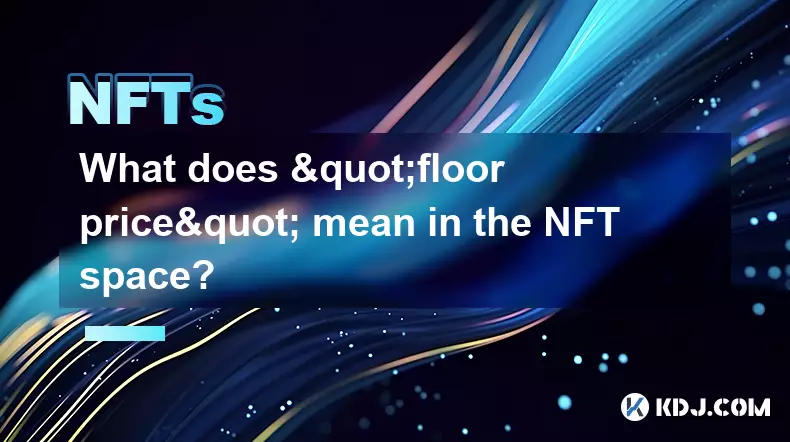
What does "floor price" mean in the NFT space?
Sep 22,2025 at 06:36am
Floor Price: A Core Metric in the NFT Marketplace1. The term floor price refers to the lowest current asking price for any item within a specific NFT ...

How do NFTs help content creators?
Sep 18,2025 at 08:00am
NFTs Empower Creators with Ownership and Monetization1. NFTs provide content creators with verifiable ownership of their digital works, ensuring authe...

How can I determine the authenticity of an NFT project?
Sep 23,2025 at 05:18pm
Understanding the Project Team and Their Background1. Research the identities of the team members behind the NFT project. Verified social media profil...

What's the difference between NFTs and traditional collectibles?
Sep 19,2025 at 12:55pm
Digital Ownership and Provenance1. NFTs are built on blockchain technology, which ensures transparent and immutable records of ownership. Every transa...

How can NFTs be traded across blockchains?
Sep 19,2025 at 12:00pm
Understanding Cross-Chain NFT Trading1. Non-fungible tokens (NFTs) are digital assets that represent ownership of unique items on a blockchain. Origin...

How is NFT rarity calculated?
Sep 18,2025 at 07:54pm
Understanding NFT Rarity Metrics1. NFT rarity is determined by analyzing the uniqueness of individual traits within a collection. Each NFT typically c...

What does "floor price" mean in the NFT space?
Sep 22,2025 at 06:36am
Floor Price: A Core Metric in the NFT Marketplace1. The term floor price refers to the lowest current asking price for any item within a specific NFT ...

How do NFTs help content creators?
Sep 18,2025 at 08:00am
NFTs Empower Creators with Ownership and Monetization1. NFTs provide content creators with verifiable ownership of their digital works, ensuring authe...
See all articles





















